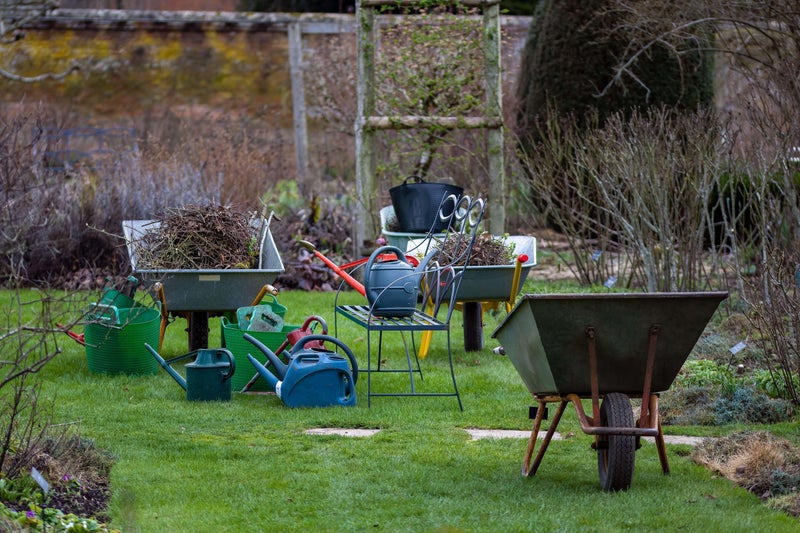Now is the perfect time to start pruning your fruit bushes and take cuttings to create new plants. Here’s how to do it. The Guardian’s journalism is independent. We will earn a commission if you buy something through an affiliate link. Learn more. Last spring, I did some spontaneous pruning of the rampant blackcurrant bush in my veg patch. Instead of putting the cuttings on the compost heap, I placed them in a vase of water because I find the Ribena-like scent of the leaves just delightful. Within a few weeks, the little branches had started to sprout roots and, eventually, each were poised to grow into a bush. These blackcurrant cuttings’ admirable determination to grow can be taken advantage of now, even before the new growing season is under way.
![[Claire Ratinon]](https://i.guim.co.uk/img/uploads/2023/04/04/Claire_Ratinon.png?width=75&dpr=1&s=none&crop=none)
As winter’s end approaches, and before buds start to break, is a good time for pruning your fruit bushes. This happily coincides with an ideal time to take hardwood cuttings so you can create new plants from your existing plants – an approach that works for blackcurrants, redcurrants, white currants, gooseberries and figs. Use a clean, sharp pair of secateurs, select the best of the past year’s healthy growth and make cuttings that are around 15-30cm in length. Ensure that there is at least one pair of buds towards the base of the cutting, as this is where the new roots will emerge. Make the top cut above a bud (where the new top growth will appear) and do so at an angle, so that when you water your cutting or it rains, any excess water will run off.
The traditional approach to the next step is to dig a trench into well draining soil (that was mulched with compost last season, ideally) then sprinkle some sand into the furrow for additional drainage before burying each cutting, leaving only a third of it above the ground. Due to how heavy and compacted my clay soil tends to be (especially after the extremely wet winter we’ve had) I wouldn’t risk rooting my cuttings this way, as they’d likely rot in the waterlogged soil before roots could form. Instead, I place the cuttings into medium-sized containers filled with multipurpose compost plus some sand mixed in, then bury in the manner described above. Labelling accurately is essential as many cuttings look similar – just a bunch of sticks! – at this stage. Water your cuttings well and make sure not to allow the growing medium to dry out.
Although your cuttings may take time to develop roots, this propagation method is very reliable, and since it doesn’t require the protection of a greenhouse, cold frame or cloche, it’s an option for most gardeners. Sign up to Inside Saturday. The only way to get a look behind the scenes of the Saturday magazine. Sign up to get the inside story from our top writers as well as all the must-read articles and columns, delivered to your inbox every weekend.































